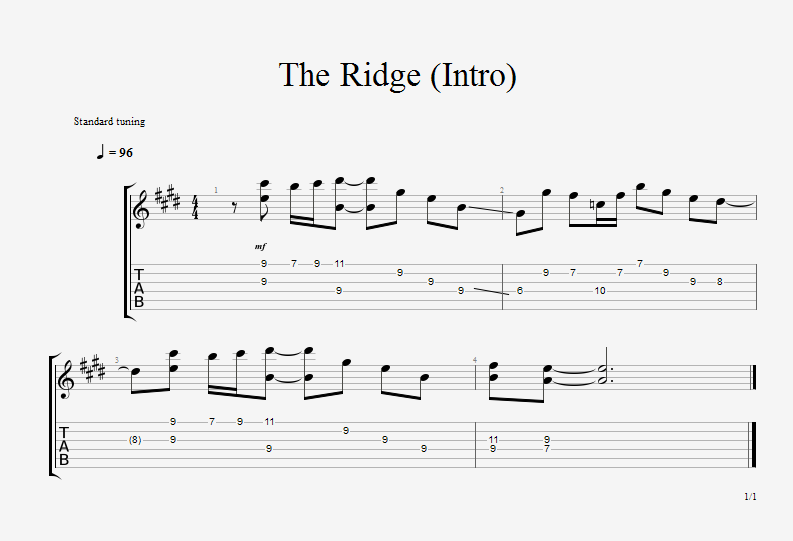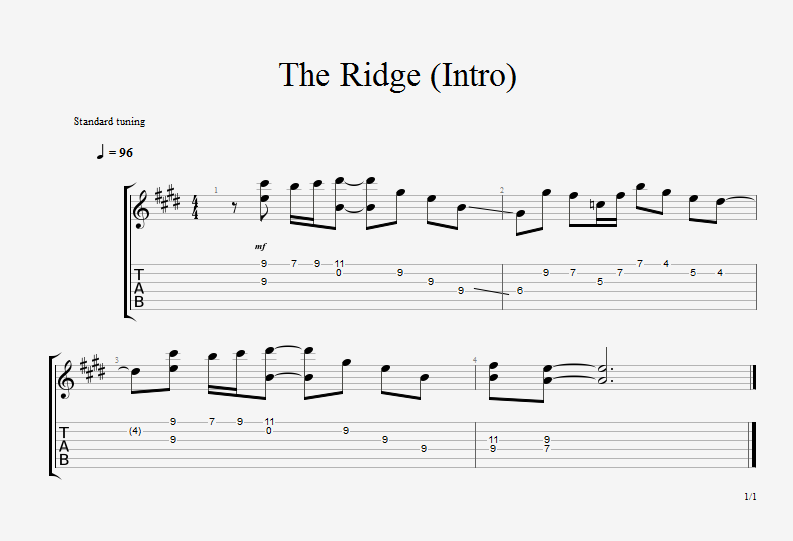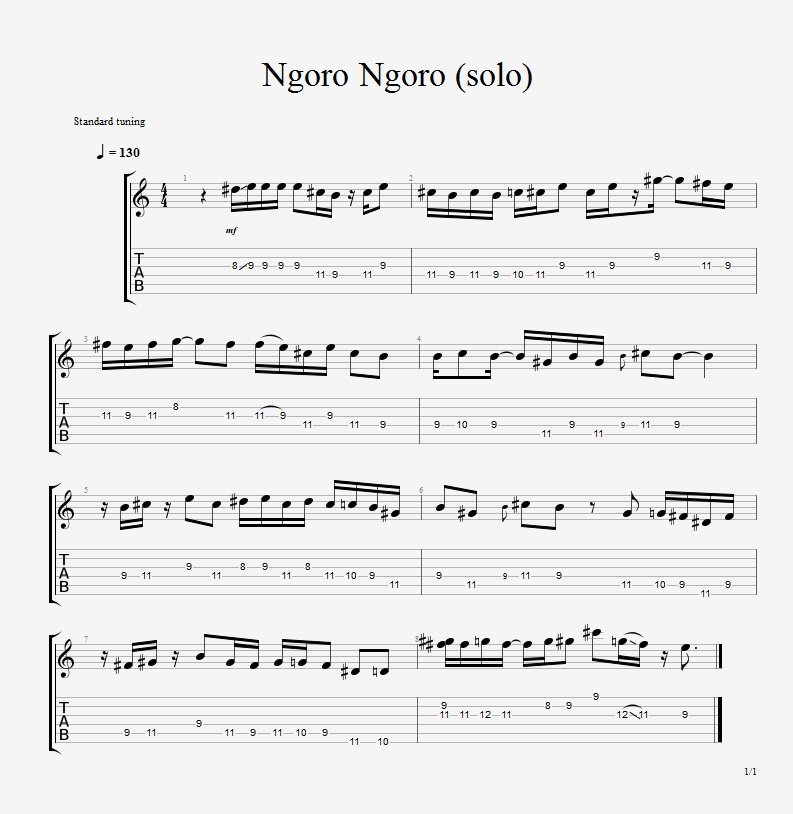Last week, we moved from the San Francisco Bay Area to Salt Lake City, Utah.

There is plenty about the subject that I can blog about: motivations for the move, lessons learned, a review of the business services used, first impressions about Utah, etc. I’ll eventually write about all of these but one thing that I’m wanting to first cover is a subject that was a consequence of our move–the decision to seriously downsize and ditch a bunch of possessions. There’s nothing quite like an interstate move to make you realize that you own things that you can live without.
Most of what I own that takes up physical space falls under these three categories:
- Music – physical media, instruments, audio equipment
- Video games – many generations of consoles, games, and accessories dating back to the 80’s
Books
I ditched most of my books during my last move in 2015 when I went from living alone in a two-bedroom home to sharing a small studio apartment. I used to have two tall IKEA bookcases of books. These days, I rely on my local public library and my remaining personal collection fits nicely onto a single shelf. If I ever want to re-read a book from my old collection, I simply put a hold for it at the library. I’ve yet to regret ditching a book.
After last week’s move, I’m feeling an urge to do another round of downsizing and I think the next casualty will be my video game collection.
I’ve come to the realization that my games collection takes up a lot of space for something I rarely use. I’ve mainly kept it around because of sentimental attachment and comfort of knowing that I can access them whenever I want. Honestly though, I rarely have time to play them so the access doesn’t even matter. And a digital blog post on my games collection satisfies my desire to keep these games in my life somehow without the need to let them take up valuable real estate in my home.
The next several posts will be of the games and systems that I’m saying bye to.




